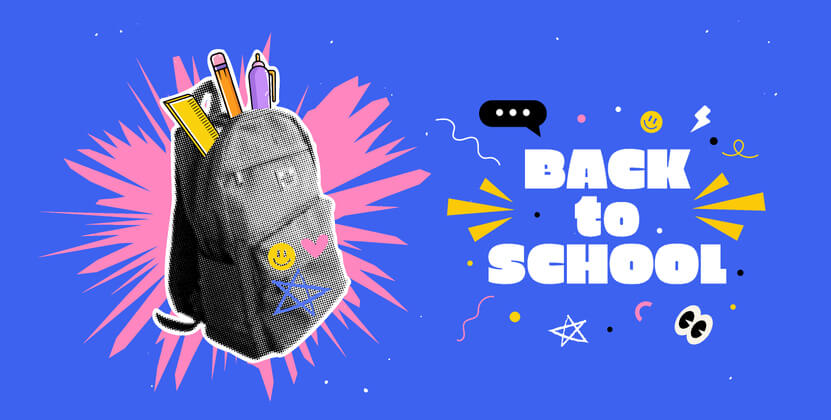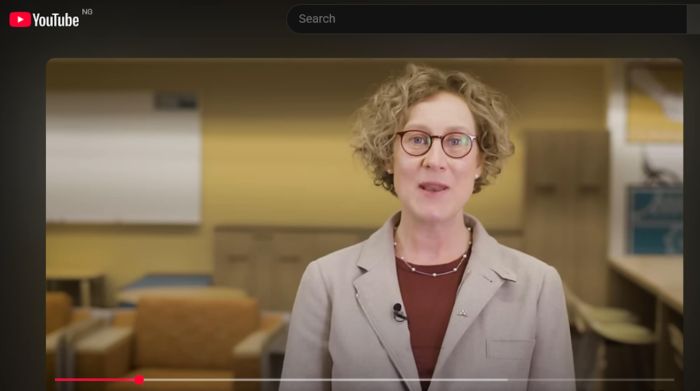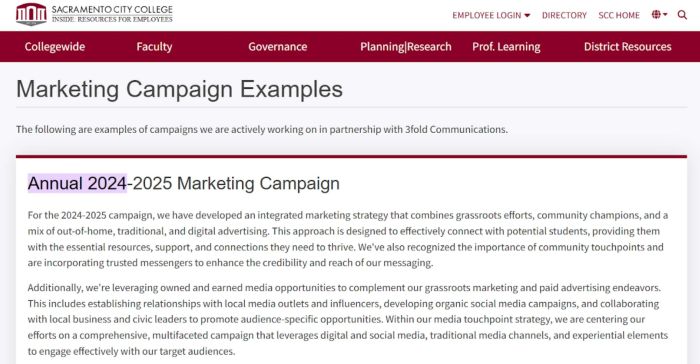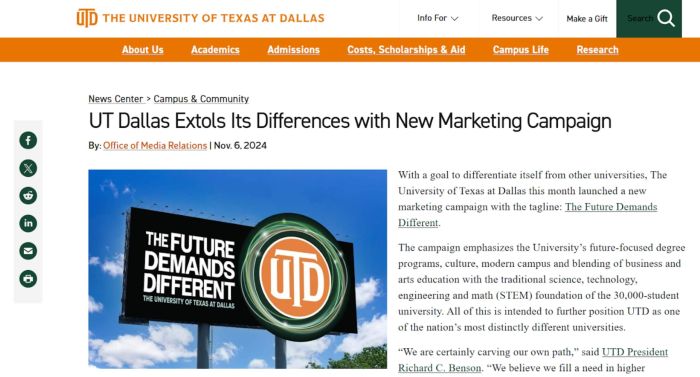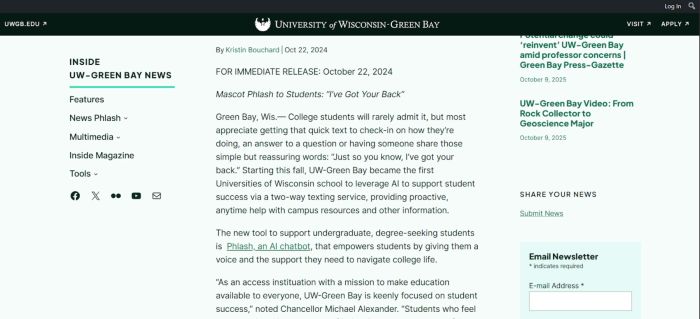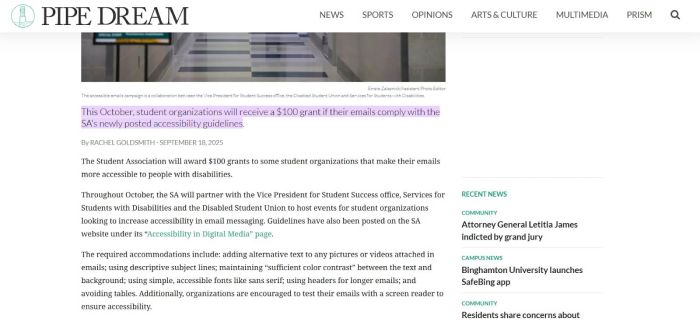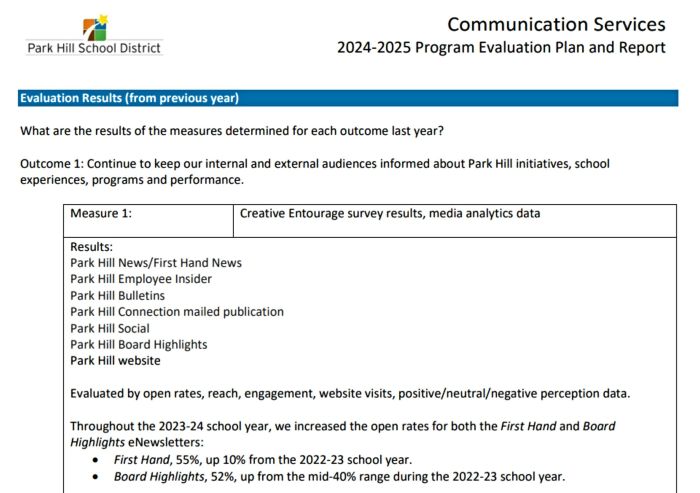In today’s highly competitive education landscape, schools at every level, from K–12 academies to public universities, must embrace modern, digital-first marketing strategies to attract and retain students. The era of relying solely on word-of-mouth or physical brochures is long gone. Today’s families and prospective students are browsing school websites, scrolling through social media, and watching virtual campus tours before they fill out an inquiry form or attend an open house.
To stay relevant and competitive in 2025 and beyond, schools need to meet their audiences where they are: online. That means showing up with targeted, compelling content and a clearly articulated value proposition. This is especially true for private and independent institutions, where high tuition fees and rising parental expectations demand a more persuasive, proactive approach to enrollment marketing.
So, how can your school stand out in an increasingly crowded space?
In this article, we break down 10 of the most effective marketing strategies for schools, with a strong emphasis on digital tactics. From strengthening your web presence to leveraging alumni stories and optimizing for SEO, these proven approaches help build awareness, trust, and engagement. Each strategy includes real-world examples from schools and colleges around the world to inspire your next campaign.
Whether you’re marketing a small language institute or a large university, these strategies are adaptable to your goals and designed to drive results.
1. Understand Your Audience and Craft Your Message
A strong school marketing strategy begins with clarity: who exactly are you trying to reach, and what do they need to hear from you? Whether you’re a K–12 school or a higher ed institution, knowing your audience inside and out is essential. That means digging deeper than just age or location. Consider their priorities, concerns, motivations, and communication preferences.
Creating audience personas helps bring these insights to life. Is your ideal family looking for academic rigor, a supportive community, or flexible scheduling? Are your prospective students career changers seeking fast-track credentials, or teens drawn to innovation and student life? When you define who you’re speaking to, you can tailor your messaging to resonate and avoid generic outreach that falls flat.
Your next step is to articulate your school’s unique value proposition. What makes you different? Highlight that core message consistently across all channels. For some schools, it might be small class sizes and a nurturing environment. For others, it could be career outcomes, cutting-edge labs, or global learning opportunities.
Finally, data can deepen your understanding of your audience. Track behavior, segment leads, and personalize your outreach accordingly. The more relevant your message, the more likely it is to convert.
Example: Oregon State University (OSU). OSU’s enrollment team uses a CRM (Slate) to segment prospective students by factors like academic interests, intended majors, and geographic location. This lets OSU deliver tailored messages to each audience segment. For example, sharing engineering content with STEM-interested prospects or inviting nearby students to local events. By defining clear audience personas and emphasizing OSU’s unique offerings (like its “Beaver Nation” community and research opportunities) in communications, OSU ensures its outreach resonates more and converts better than one-size-fits-all marketing.


Source: Oregon State University
In a nutshell, how do you create a marketing strategy for a school? A strong school marketing strategy starts by defining your goals and audience, then clarifying your unique value proposition. Choose the right channels: website, SEO, social media, email, events, etc., all while keeping messaging consistent. Implement your plan, track performance with analytics, and adjust as needed to improve enrollment results.
2. Turn Your Website into a Top-Performing Recruiter
Your school’s website is more than just a digital brochure. It’s your hardest-working recruiter, available 24/7. In most cases, it’s the first real impression you make on prospective students and their families. If it’s outdated, hard to navigate, or slow to load, visitors may bounce before they ever reach your inquiry form. On the other hand, a fast, intuitive, and compelling site can drive real results: inquiries, campus visit bookings, and applications.
To make your website enrollment-friendly, focus on these key areas:
- Navigation and user experience: Make it easy for visitors to find what matters most: admissions, tuition, programs, and deadlines, within one or two clicks. Prioritize clarity and mobile optimization, since the majority of users now browse on their phones.
- Engaging content: Use vibrant photos, student stories, and program highlights to showcase your school’s personality and value. Don’t just state facts; tell stories that build emotional connection.
- Clear CTAs: Every page should lead users to the next step, whether it’s “Book a Tour” or “Start Your Application.” Make buttons visible, and forms short and intuitive.
- SEO and visibility: Build search-friendly content using keywords like “STEM high school Toronto” or “MBA in Montreal.” This boosts your visibility when families search online.
Example: South Seattle College. This college launched a fully redesigned, mobile-responsive website to serve as a “24/7 digital front door” for prospective students. The new site features simplified navigation (with intuitive menus and audience-specific landing pages), fast load times, and engaging content like student stories and virtual tour videos. Key information: admissions steps, programs, costs etc., is now accessible within one or two clicks. After the revamp, South Seattle College saw improved user engagement and more inquiries, validating that an optimized website can effectively guide visitors from interest to application.
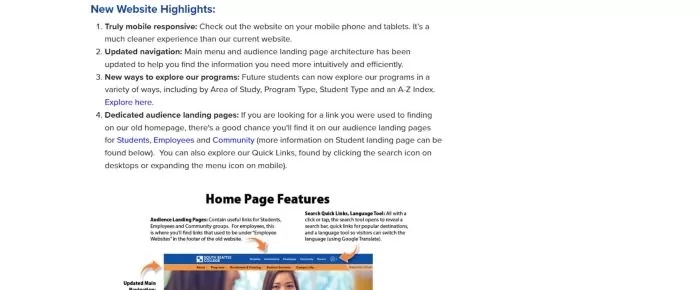

Source: South Seattle College
3. Meet Students Where They Scroll: Social Media Engagement
If you’re wondering how to effectively reach today’s students, social media is your answer. Teenagers, young adults, and even their parents spend hours every day scrolling through platforms like Instagram, TikTok, Facebook, YouTube, and LinkedIn. That’s why a modern marketing strategy for schools must go beyond occasional polished posts. It also requires consistent, authentic, and engaging content that brings your school community to life online.
Social media allows prospective students to virtually experience your school before they set foot on campus. They can witness student life, explore your values, and interact with your team through comments and DMs. It’s a space where schools can showcase achievements, run virtual events, answer questions, and create lasting impressions, all within the platforms students already use. Social media engagement fosters emotional connection, builds trust, and nudges prospective students closer to applying.
Here are some proven tactics to strengthen your social media presence:
- Student Takeovers: Give students the reins of your Instagram or TikTok for a day to showcase a “real life” perspective of your campus.
- Interactive Campaigns: Launch challenges, quizzes, or hashtag contests to generate user content and boost engagement.
- Alumni & Academic Outcomes: Share stories of success to inspire and build credibility with prospective students and their families.
- Paid Targeted Ads: Reach niche audiences with specific messaging using Facebook, YouTube, or TikTok ad campaigns.
- Responsive Community Management: Monitor comments and messages daily. Prompt, friendly responses go a long way in reinforcing your school’s reputation.
Above all, be authentic. Today’s students crave realness. A spontaneous student dorm tour recorded on a phone often outperforms a high-production video. Showcasing your campus culture in a way that’s natural and not overly scripted can drive stronger connections and higher conversions.
Example: Randolph-Macon Academy (R-MA). This college-prep boarding school brings campus life directly to student prospects through interactive social media campaigns. On Instagram, R-MA runs “Takeover Tuesday” events where a student cadet literally “takes over” the school’s Story for the day, posting candid glimpses of classes, dorm life, and activities. This unfiltered, student-eye view generates high engagement from peers. R-MA also leverages LinkedIn to celebrate outcomes with a recent post that 100% of its senior class earned college acceptances and over $15 million in scholarships. By showcasing real student experiences and achievements on the platforms teens (and their parents) already use, R-MA humanizes its brand and builds trust.
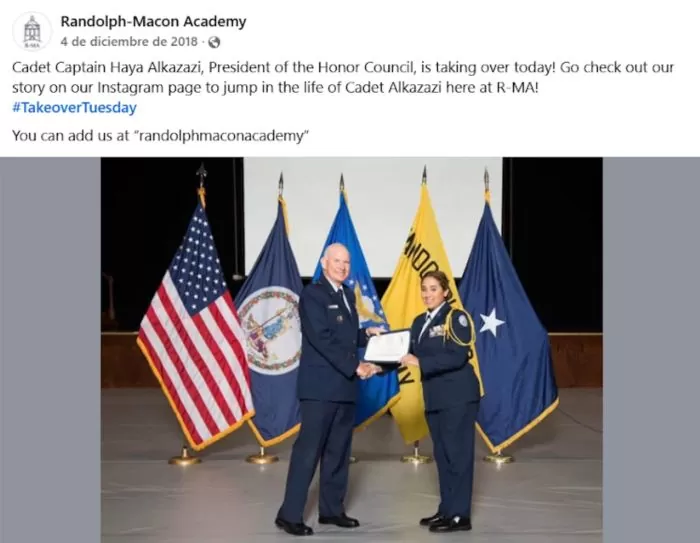

Source: Facebook
4. Bring Your Campus to Their Couch: Virtual Tours and Online Events
For many families, a campus visit is a pivotal moment in the school decision process. It’s their chance to imagine themselves in your hallways, dorms, and classrooms. But not every prospective student can visit in person, whether due to distance, cost, or scheduling. This is where virtual tours and online events come into play, offering an immersive, flexible way to connect with your audience.
Virtual campus tours can now offer interactive 360° experiences that let students “walk” the grounds from their laptop or phone. These tours help build familiarity and emotional connection, especially for international or out-of-state students who might otherwise never see your campus. To boost engagement, add clickable info points, video testimonials, or even voiceover guides.
Online events like virtual open houses or themed webinars allow families to meet admissions teams, ask questions, and hear directly from current students, all from home. They not only replicate key elements of in-person experiences but also allow for on-demand access after the event.
Example: Eastern New Mexico University (ENMU). ENMU launched an upgraded 360° virtual tour that lets prospective students explore the campus from anywhere in the world. This immersive tour includes interactive 360° views of key locations (from dorms to labs), pop-up info points with photos/videos of traditions, and even student-narrated segments sharing personal stories. A voiceover guide leads viewers through the experience, making it feel like an actual guided tour. ENMU’s chancellor noted the virtual tour “makes a potential student feel like they are on campus” and has become invaluable for out-of-state and international recruits. The tour’s engaging features (clickable videos, student testimonials embedded at certain stops) have driven higher web engagement and helped ENMU widen its reach beyond those able to visit in person.
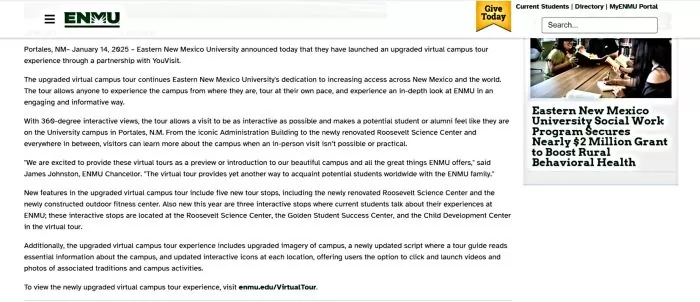

Source: ENMU
5. Let Video Tell Your Story: Content Marketing That Connects
There’s a reason platforms like YouTube, Instagram Reels, and TikTok dominate attention spans. Video provides an immersive, emotional, and memorable experience. For schools trying to reach prospective students and families, video marketing is one of the most powerful tools available. Whether it’s showcasing campus energy, highlighting academic strengths, or sharing personal student journeys, video content brings your story to life in a way text and photos simply can’t.
To make the most of this format, consider these video types:
- Campus Tour Highlights: Condense your full tour into a 2–3 minute walkthrough with student narration. Post it on your homepage and YouTube channel for first-time visitors.
- Student Testimonials and Success Stories: Capture authentic, unscripted interviews with students or alumni. These peer voices create trust and make your school’s impact tangible.
- Faculty and Program Spotlights: Let your passionate educators shine. A quick feature on a robotics project or an art studio session can attract students with similar interests.
- Event Recaps: Turn school events into fast-paced highlight reels for Instagram and Facebook. It shows your community is vibrant and active.
- Explainer Videos: Break down complex topics, like admissions or financial aid, into short, helpful animations or on-camera guides.
Authenticity beats polish. Videos filmed on smartphones by students or “vlog ambassadors” can feel more relatable than professional productions. Consistent content, especially when optimized with keywords on YouTube, also improves discoverability in search.
Example: Academy of Applied Pharmaceutical Sciences (AAPS, Canada). AAPS relies heavily on short-form video content to showcase student life and outcomes viscerally. The college regularly produces “Student Success Story” videos – for example, a 2-minute clip of an alum describing how AAPS training led to their new career in clinical research. It also shares behind-the-scenes footage of lab sessions and student projects on its YouTube channel and Instagram. These authentic clips (often featuring actual students and instructors) put a human face on AAPS’s programs and build credibility.
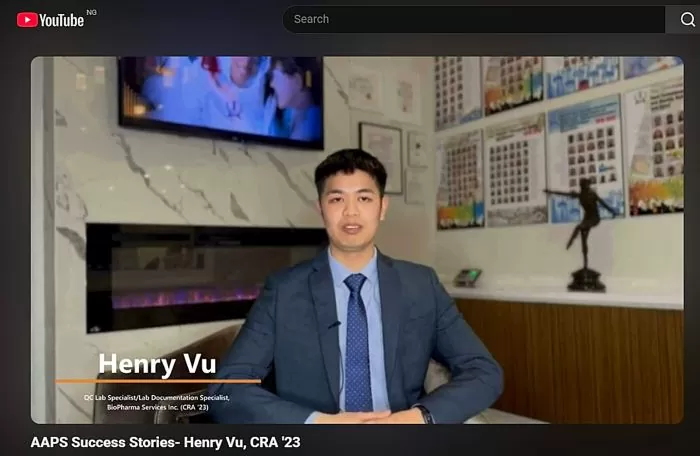

Source: YouTube
In short, video marketing allows your school to connect emotionally and visually with prospective students, meeting them where they already spend time. If you want to advertise in a way that engages and inspires, video is essential.
6. Be There 24/7 with Smart Chatbots and Live Chat
Imagine a student browsing your website at midnight, wondering, “Does this college offer scholarships for international students?” If no one’s there to answer, that potential lead might bounce and never return. This is where chatbots and live chat tools step in, transforming your website into a 24/7 support hub.
Modern AI-powered chatbots go far beyond basic FAQ responses. They’re now capable of delivering personalized answers based on user input, guiding visitors to the right pages, and capturing lead information in real time. In fact, some bots can handle up to 80% of standard inquiries, freeing your admissions team to focus on complex cases or high-touch prospects.
Schools use chatbots to address questions about tuition, program options, campus life, deadlines, and more. Better still, if a query goes beyond the bot’s programming, it can prompt a human follow-up, keeping the conversation going instead of losing the lead.
Live chat is another powerful layer. Having staff available during business hours to chat in real time, whether on your site or via Messenger, feels like having a front-desk greeter online. Quick answers build trust and reduce friction in the inquiry process.
Example: Arlington Central School District (New York). This K–12 district rolled out an AI virtual assistant named “AlwaysOn – Admiral Al” across all its school websites to ensure families can get information anytime. The friendly chatbot (branded with the high school’s mascot) offers 24/7 multilingual support, answering common questions about programs, enrollment procedures, event schedules, and more in English or Spanish. If the question is too specific, “Admiral Al” even lets the user submit an email query right within the chat, guaranteeing a human follow-up by the next business day. The district implemented this tool to improve customer service for busy parents and saw immediate benefits – families could instantly find out, say, how to register a new student or the date of graduation, without calling the office.


Source: Arlington Central School District
To make your chatbot successful, keep it friendly and transparent (let users know it’s a virtual assistant), program it with up-to-date FAQs, and offer a handoff to a real person when needed. For international recruitment, consider a multilingual bot to expand your global accessibility.
Ultimately, integrating chatbot and live chat tools into your school’s marketing strategy ensures you never miss a lead because of timing. Today’s students expect immediate answers. With the right tools, your school can be ready.
7. Leverage Testimonials and Reviews (Let Your Community Do the Talking)
Word-of-mouth has long been a trusted marketing strategy for schools, and in today’s digital world, it has taken on new forms, testimonials, reviews, and social proof. These are powerful tools that lend credibility to your school’s messaging by showing that real families and students have had positive experiences.
Start by gathering testimonials from students and parents. A few genuine quotes or short videos can build trust quickly. Display these across your website, especially on admissions pages and brochures. A heartfelt statement like, “After enrolling here, my daughter blossomed academically and socially,” resonates more than polished ad copy.
In parallel, encourage online reviews on platforms like Google or Facebook. Higher ratings improve visibility and ease prospective families’ doubts. Politely prompt current families to share feedback after positive experiences, such as school events or parent meetings.
Social media also plays a role. Repost authentic student or alumni praise, and consider launching hashtags to gather testimonials organically.
Example: Discovery Community College (Canada). This career college amplifies positive word-of-mouth by actively sharing student reviews on social media. For example, Discovery CC monitors its Google Reviews, and when a 5-star review comes in, the marketing team creates an Instagram post thanking the student by name and highlighting their feedback. One such post reads: “Thank you for your wonderful Google review, Jessi! We’re glad you had an amazing experience training to be a health care assistant!” – accompanied by a screenshot of the review. By publicly celebrating real student voices, the college not only boosts morale but also provides authentic social proof to prospective students scrolling by.
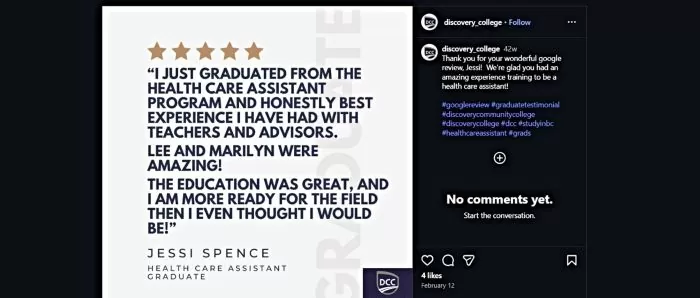

Source: Instagram
Letting your community advocate for you builds trust faster than any ad campaign, and it costs nothing.
8. Nurture Leads with Email Marketing and Personal Touches
What is the best marketing for independent schools? Independent schools succeed with targeted, budget-friendly inbound marketing. The best approach is a strong online presence: a content-rich, search-optimized website, active social media that highlights student life, and helpful emails or blogs that build trust. These tactics attract the right families and strengthen community engagement.
Once an inquiry is made, the follow-up becomes mission-critical. One of the most effective marketing strategies for schools includes consistent, personalized nurturing, especially through email and SMS.
Email remains a powerful tool when tailored. Instead of generic blasts, use segmentation to send relevant content. For instance, a prospect interested in Nursing should receive a series featuring faculty profiles, student success in healthcare, and clinical placement details. Someone focused on Athletics? Highlight sports facilities, team achievements, and balancing academics with sports.
Drip campaigns work best: Day 1, a welcome email; Day 3, value-focused content; Day 7, a testimonial or event invite. Marketing automation tools like HubSpot or Mailchimp make this scalable and adaptive based on user behavior.
Complement email with timely SMS reminders for events or deadlines. Use sparingly for impact.
Finally, add a personal touch. A call or handwritten note after a campus visit or audition can leave a lasting impression. These gestures build trust and demonstrate care, key ingredients in a family’s final decision. Effective nurturing turns interest into action and inquiries into enrollments.
Example: University of South Carolina (USC). USC’s admissions team adds a decidedly personal touch to lead nurturing by picking up the phone to congratulate admitted students. These informal chats help admitted students feel valued and give them a chance to voice any concerns. USC also involves faculty and current students in the follow-up process; for instance, an admitted engineering major might get an email or call from an engineering professor or student ambassador.
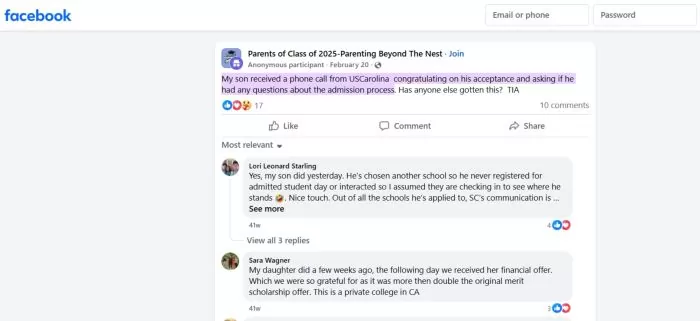

Source: Facebook
9. Host Events (On-Campus and Virtual) That Educate and Inspire
Hosting well-crafted events is one of the most effective ways to turn interest into enrollment. On-campus events like open houses and shadow days allow families to experience your community firsthand. Keep them interactive, offer student-led tours, informal chats with faculty, and performances to showcase school spirit. These real-world interactions make your school more memorable.
Virtual events also carry weight, especially for international or out-of-town prospects. Live webinars, themed Q&A panels, and online workshops let families connect from anywhere. Consider sessions like “How to Write a Great Application Essay” or alumni panels sharing career outcomes.
Each event is also a content opportunity. Record webinars, collect quotes, and share visuals across your channels. Personalized follow-ups (“Thanks for attending, here’s what’s next”) help nurture those leads further.
Example: University of North Texas (UNT). UNT offers an array of admissions events designed to welcome and inform prospective students, including both in-person programs and online sessions. One flagship initiative is the UNT Admissions Webinar Series – live virtual information sessions “designed just for students who haven’t applied yet.” These free webinars walk attendees through what makes UNT unique, tips on the application process, and key deadlines, all from the comfort of home. Admissions counselors appear on camera to answer questions in real time, so participants leave with personalized info and confidence about next steps. For those who can visit campus, UNT also hosts large open-house events like “UNT Preview,” a conference-style open day with academic fairs, tours, and even an on-site Application Station where students can apply and get the fee waived.
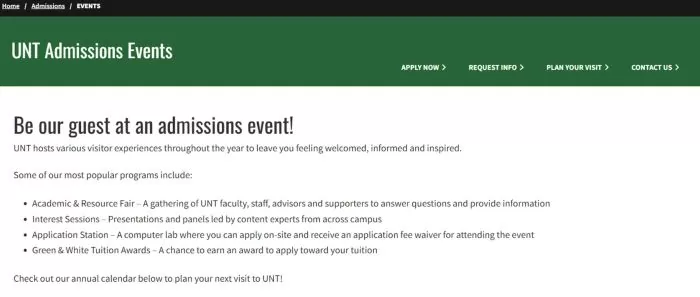

Source: University of North Texas
10. Showcase Outcomes and Alumni Success (Paint the Long-Term Picture)
When families invest in an education, whether paying private tuition or college fees, they want proof that it leads to success. That’s why one of the most compelling marketing strategies for schools is to showcase outcomes. You’re not just selling a school experience; you’re selling what it makes possible.
For K–12 and college-prep institutions, highlight metrics like college acceptance rates and scholarship totals. Randolph-Macon Academy (R-MA), for example, proudly advertises a 100% college acceptance rate and over $15 million in scholarship offers for its 2025 graduates. That kind of evidence quickly signals ROI to prospective families.
Example: Randolph-Macon Academy (R-MA). R-MA prominently advertises its student outcomes to give families confidence in the long-term ROI of its program. For example, the academy proudly announced that 100% of its Class of 2025 earned college acceptances, collectively securing over $15 million in scholarships and 18 appointments to prestigious U.S. Service Academies. This kind of outcome data is highlighted on R-MA’s website and social media, signaling to prospective parents that an R-MA education leads to tangible success. The school also regularly publishes lists of colleges and universities its graduates attend (Ivies, top public universities, military academies, etc.), and shares alumni spotlights – like profiles of graduates who have become pilots, doctors, or entrepreneurs. By showcasing these results, R-MA helps future students (and their parents) visualize their own potential trajectory and trust that the tuition investment will pay off in opportunities.


Source: LinkedIn
Vocational or language schools should spotlight relevant results: job placement rates, certifications earned, or skill development gains.
Don’t just rely on stats. Share alumni stories that reflect diverse paths: scientists, entrepreneurs, activists, artists. Feature them on your blog or social channels, and invite them to participate in webinars or info sessions.
On your website, dedicate a section to “Success After Graduation,” including employer logos, testimonials, or infographics. And use social media to celebrate alumni news. These stories build credibility, trust, and vision, which help future students imagine their path through your school.
Turning Strategy into Enrollment Success
In today’s dynamic and competitive education landscape, schools can no longer rely on traditional tactics or word-of-mouth alone. To thrive, they need a strategic, student-centric marketing approach that speaks to modern families across digital platforms. The ten strategies outlined in this article, from optimizing your website and leveraging social media to showcasing alumni outcomes, offer a blueprint for schools to increase visibility, build trust, and convert interest into enrollment.
Whether you’re a K–12 academy, career college, language school, or university, the key is to meet prospective students where they are, communicate your unique value clearly, and guide them confidently through their decision-making journey. When implemented with authenticity and consistency, these strategies not only help fill seats, they strengthen your school’s brand and foster lasting relationships with students and families. In short, great marketing helps the right students find their right-fit school.
Frequently Asked Questions
Question: How do you create a marketing strategy for a school?
Answer: A strong school marketing strategy starts by defining your goals and audience, then clarifying your unique value proposition. Choose the right channels: website, SEO, social media, email, events, etc., all while keeping messaging consistent. Implement your plan, track performance with analytics, and adjust as needed to improve enrollment results.
Question: What is the best marketing for independent schools?
Answer: Independent schools succeed with targeted, budget-friendly inbound marketing. The best approach is a strong online presence: a content-rich, search-optimized website, active social media that highlights student life, and helpful emails or blogs that build trust. These tactics attract the right families and strengthen community engagement.



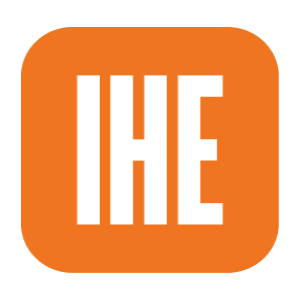

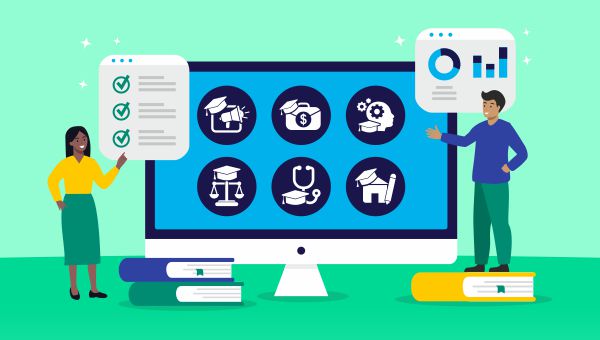



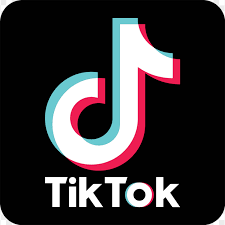



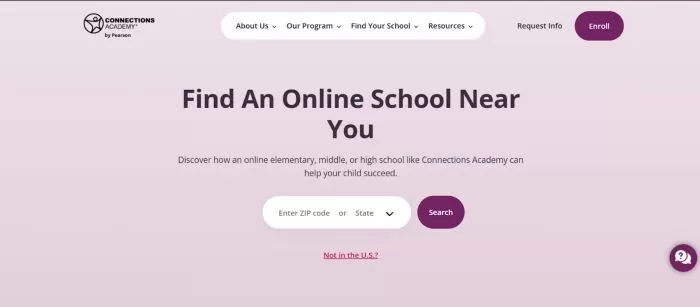
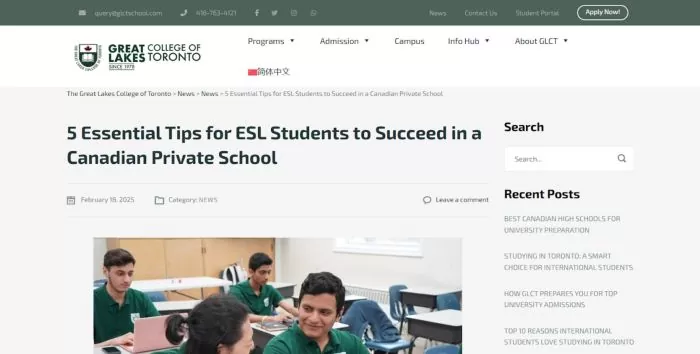
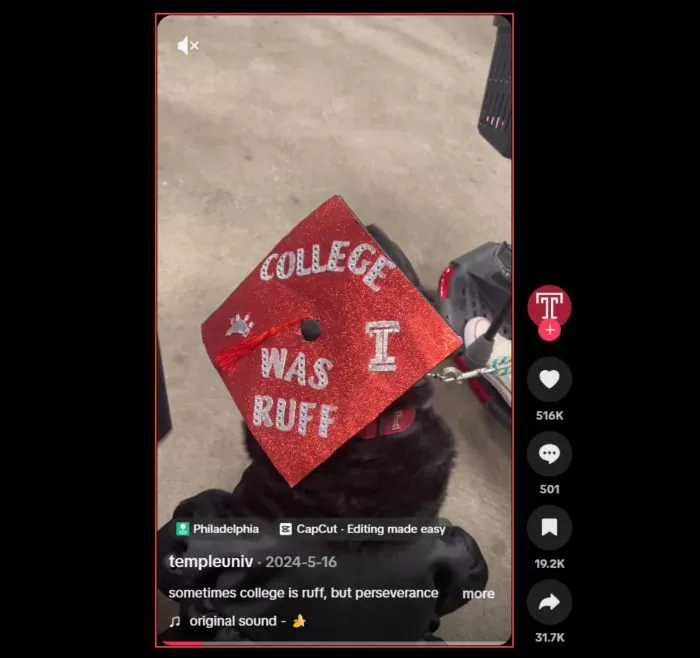

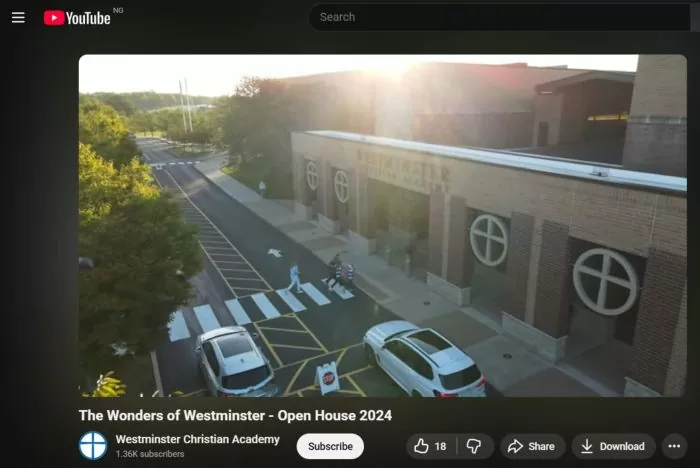
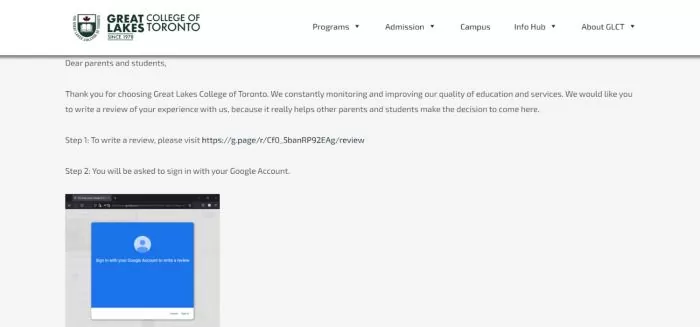
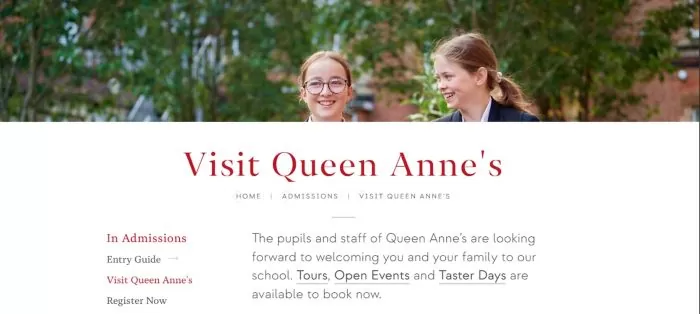


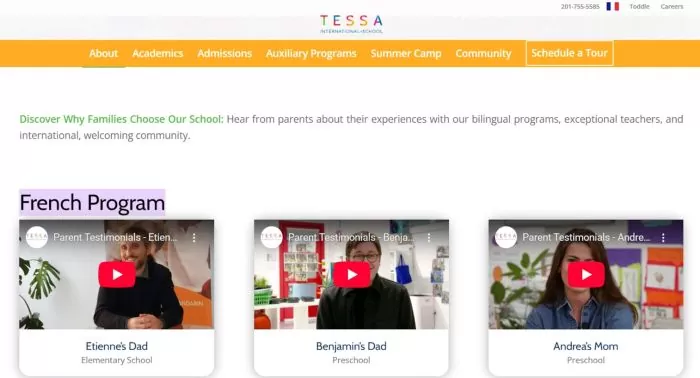
![Protecting Every Marketing Dollar: How Collegis Helped Block $2.2M in Ad Waste with CHEQ [CASE STUDY]](https://blog.college-counseling.com/wp-content/uploads/2025/10/Protecting-Every-Marketing-Dollar-How-Collegis-Helped-Block-22M-in.png)
